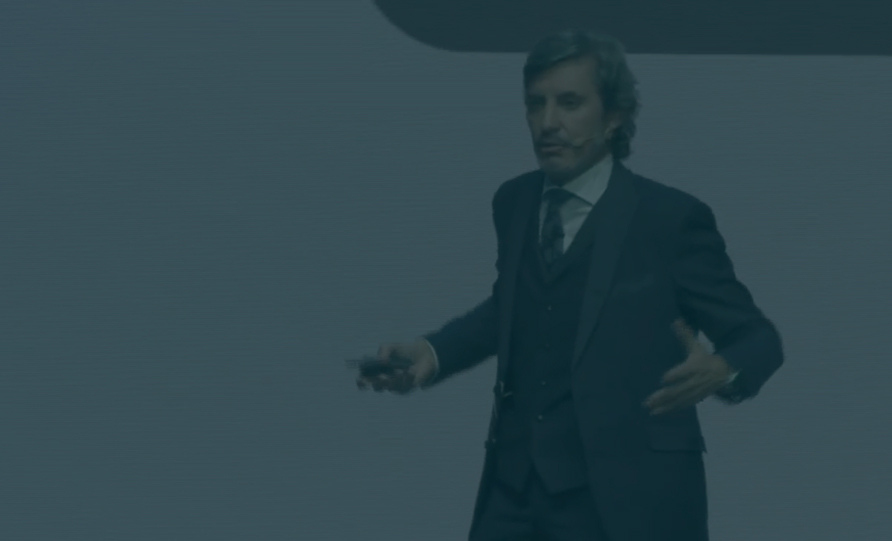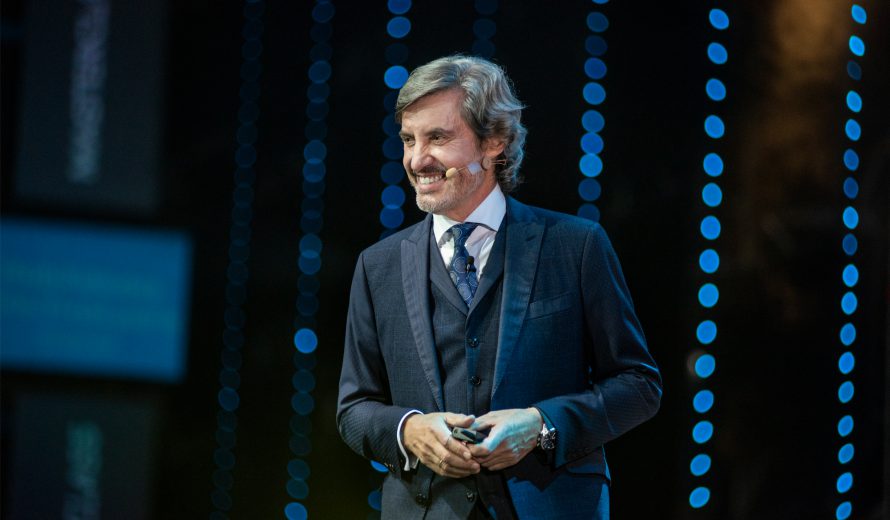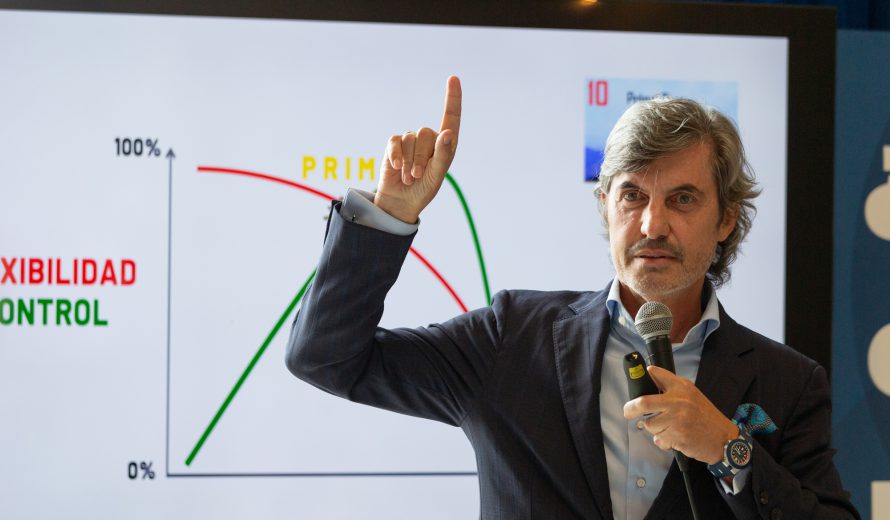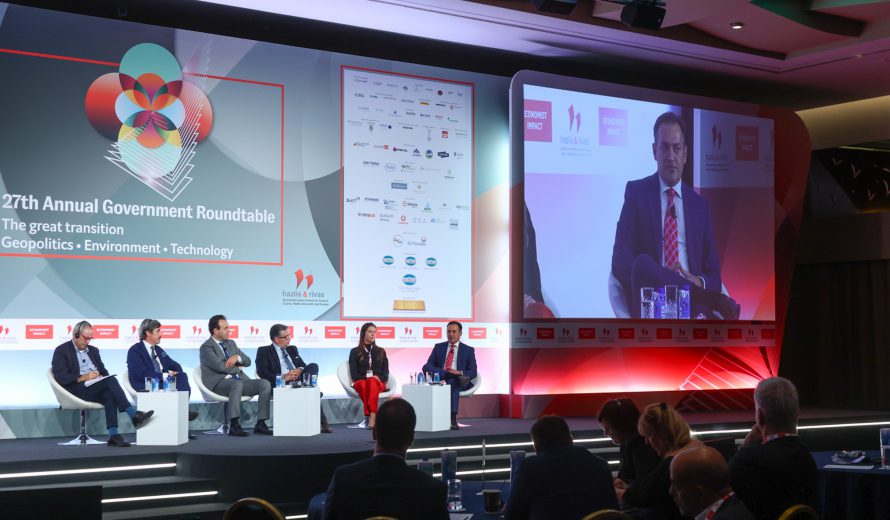Multimedia
In this section, you can access
a curated selection of videos
showcasing some of my most
impactful keynote speeches.
Each video reflects the depth
and breadth of my expertise
across various industries
and leadership challenges

Photographs
For a visual experience, explore the image gallery
where you can view and download a collection of photographs from recent speeches and workshops.
Each image captures moments of inspiration and connection with global audiences.











